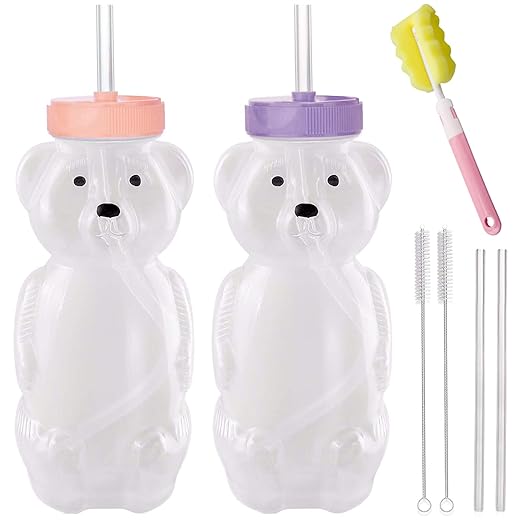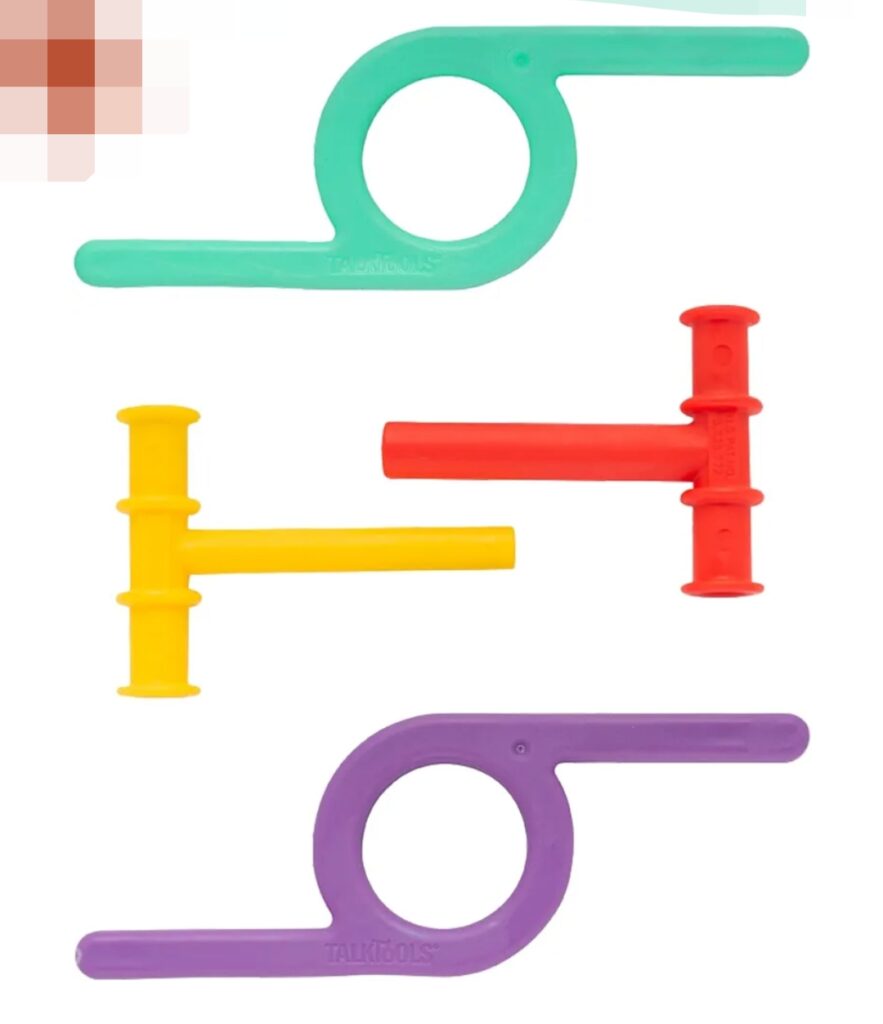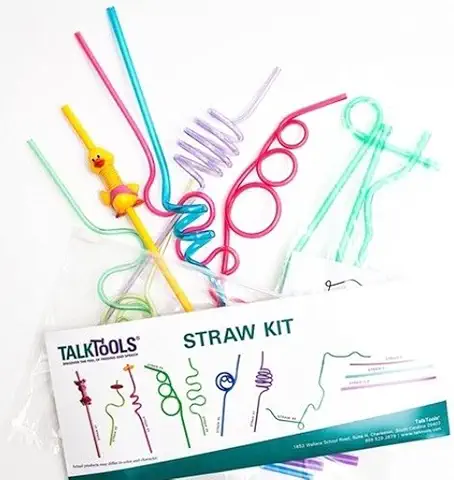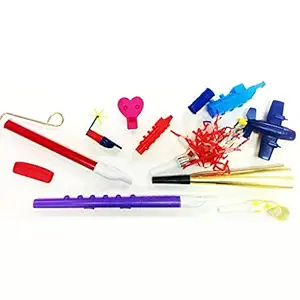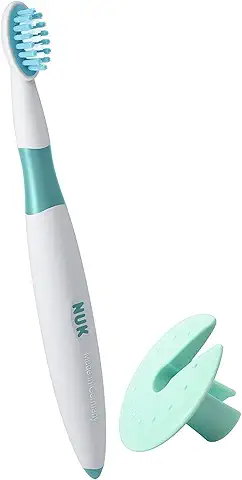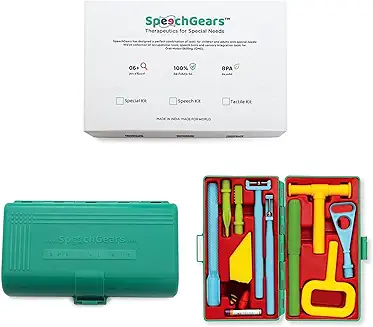Now, let’s explore the top 10 tools used in Oral Placement Therapy. These tools are designed to enhance oral motor skills and are crucial in helping individuals gain better control over their speech and feeding abilities.
Read What is oral placement Therapy?
Top 10 Oral Placement Therapy Tools
Oral Placement Therapy (OPT) is a method used to improve speech clarity through a combination of auditory, visual, and tactile stimulation to the mouth. These tools play a crucial role in targeting specific muscles and functions necessary for speech development. Below are the top 10 randomly ordered OPT tools used by therapists to aid in speech and feeding therapy.
1. Honey Bear drinking cup
The Honey Bear bottle is a popular OPT tool designed with a flexible straw to promote proper tongue retraction and lingual grading. It’s particularly useful for children who have difficulty with forward tongue thrust and need support in oral motor movements essential for both speech and feeding. By using the Honey Bear Cup, children learn how to control their oral muscles more effectively.
2. Jaw Grading Bite Blocks
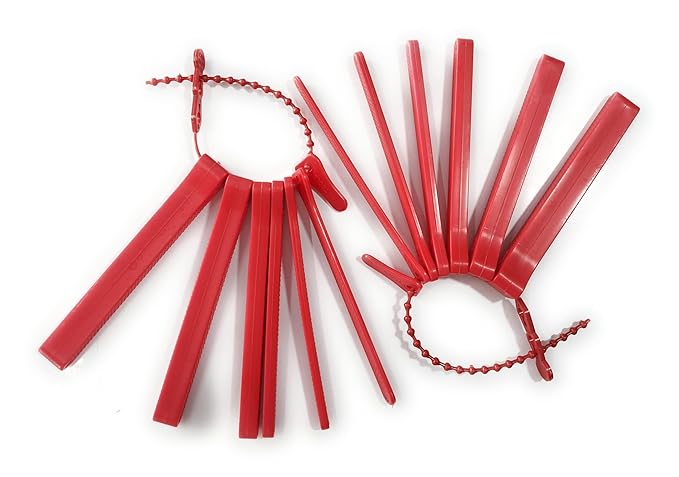
The Jaw Grading Bite Block are an essential part of many oral placement therapy programs. These tools help clients develop symmetrical jaw strength and stability, which are critical for clear speech production. The bite block hierarchy allows for a gradual improvement in jaw control, particularly benefiting clients with weak jaw muscles, such as those diagnosed with dysarthria or apraxia of speech.
3. Chewy Tubes
Chewy Tubes are highly effective in developing biting and chewing skills. They come in various colors and textures to meet different therapeutic needs:
- Yellow Chewy Tube: Perfect for infants and younger children with smaller jaws or those sensitive to oral stimulation. It offers mild resistance.
- Red Chewy Tube: Designed for toddlers, older children, and adults. It has a smooth surface that provides a firmer resistance for biting.
- Green Knobby Chewy Tube: With raised bumps, this tube increases sensory input and is harder to chew compared to the yellow or red versions.
- Blue Chewy Tube: The firmest option, ideal for adolescents and adults with more intense oral motor needs.
4. Z-Vibe
The Z-Vibe is a vibratory oral motor tool that plays a versatile role in therapy. It helps to build oral tone and motor coordination, improving both feeding and speech skills. The gentle vibrations provide tactile input, helping clients who may have decreased oral awareness or poor muscle tone. The Z-Vibe can be fitted with various tips to address specific needs, making it a go-to tool for oral motor therapy.
5. Straws for Straw Therapy
Straw Therapy is a key component of OPT, promoting jaw-lip-tongue dissociation, which is essential for clear speech. By working through a series of twelve stages with varying straw resistances, clients gradually strengthen their oral motor skills. Straw therapy not only improves speech but also helps with feeding skills.
6. Tongue Tip Lateralization Tools
These tools focus on helping clients achieve jaw stability while moving the tongue independently across the midline. The Tongue Tip Lateralization Tools are crucial for developing the correct tongue placement needed for producing certain speech sounds, such as /l/ and /r/. They also help with the elevation and depression of the tongue tip, further refining articulation skills.
7. Horns/Whistles
Horns and whistles are fun yet incredibly effective tools for improving oral motor function. By blowing into the horns or whistles, clients work on strengthening their lips, cheeks, and jaw. These tools also enhance breath control, which is vital for speech sound production, fluency and improving articulation.
8. NUK Brush
The NUK Brush is a versatile tool used in OPT for oral motor stimulation and desensitization. It’s a favorite among therapists for its ability to provide calming sensory input to hypersensitive clients. The soft bristles offer a soothing experience, preparing clients for more advanced oral motor activities and reducing oral defensiveness.
9. Infant Toothbrush
The Infant Toothbrush is a small, finger-sized brush used to introduce oral motor movements for chewing and biting. With soft bristles on one side and a smooth surface on the other, it’s perfect for sensory input and teaching early motor planning for chewing. This tool is especially useful for younger clients just starting with oral motor therapy.
10. Oral Sensory Integration Kit
The Oral Sensory Integration Kit is a comprehensive collection of interchangeable tools that offer various tactile inputs. This kit is ideal for desensitization and building awareness of the oral structures. It’s a must-have for any therapist working on improving speech clarity through oral sensory stimulation
These 10 tools are integral to any oral placement therapy program, helping clients of all ages improve their speech and feeding abilities. Whether focusing on jaw stability, tongue lateralization, or improving sensory awareness, these tools provide targeted interventions for specific needs.
Note: Always use these tools under the guidance of a certified Speech and Language Therapist for the best results.
FAQs
- Who can benefit from oral placement therapy?
Oral placement therapy is helpful for clients with various speech disorders, including dysarthria, apraxia of speech, and feeding difficulties. It’s beneficial for both children and adults. - What is the main goal of oral placement therapy?
The main goal is to improve speech clarity by targeting specific oral motor skills, including jaw control, tongue movement, and sensory awareness. - How often should these tools be used?
The frequency depends on the individual’s therapy goals and needs. Your therapist will provide a tailored schedule based on your progress. - Are the tools safe for children?
Yes, the tools are designed with safety in mind, but they should always be used under the supervision of a qualified therapist or caregiver. - Can adults use these tools too?
Absolutely! Many adults benefit from oral placement therapy, especially those recovering from strokes or neurological conditions that affect speech.
Contact if you want a home program for your child that you can follow with your traditional Speech and Language Therapist.


